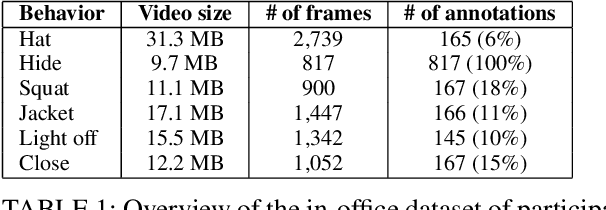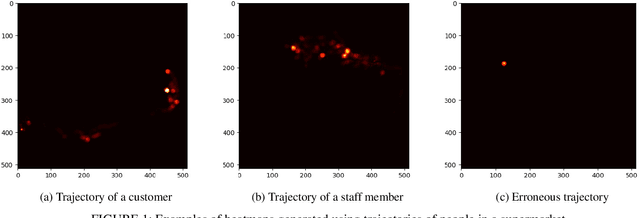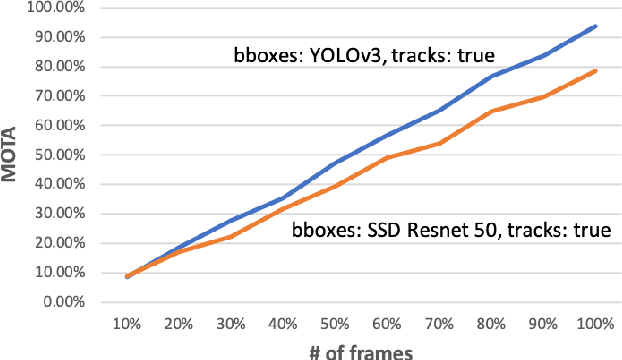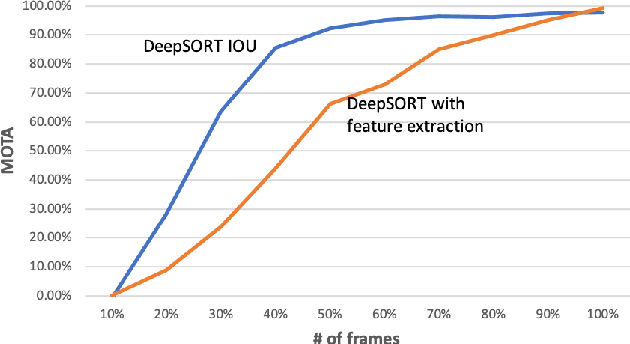Aibek Musaev
Using Twitter Data to Determine Hurricane Category: An Experiment
Aug 10, 2023



Abstract:Social media posts contain an abundant amount of information about public opinion on major events, especially natural disasters such as hurricanes. Posts related to an event, are usually published by the users who live near the place of the event at the time of the event. Special correlation between the social media data and the events can be obtained using data mining approaches. This paper presents research work to find the mappings between social media data and the severity level of a disaster. Specifically, we have investigated the Twitter data posted during hurricanes Harvey and Irma, and attempted to find the correlation between the Twitter data of a specific area and the hurricane level in that area. Our experimental results indicate a positive correlation between them. We also present a method to predict the hurricane category for a specific area using relevant Twitter data.
Towards in-store multi-person tracking using head detection and track heatmaps
May 16, 2020



Abstract:Computer vision algorithms are being implemented across a breadth of industries to enable technological innovations. In this paper, we study the problem of computer vision based customer tracking in retail industry. To this end, we introduce a dataset collected from a camera in an office environment where participants mimic various behaviors of customers in a supermarket. In addition, we describe an illustrative example of the use of this dataset for tracking participants based on a head tracking model in an effort to minimize errors due to occlusion. Furthermore, we propose a model for recognizing customers and staff based on their movement patterns. The model is evaluated using a real-world dataset collected in a supermarket over a 24-hour period that achieves 98\% accuracy during training and 93\% accuracy during evaluation.
 Add to Chrome
Add to Chrome Add to Firefox
Add to Firefox Add to Edge
Add to Edge